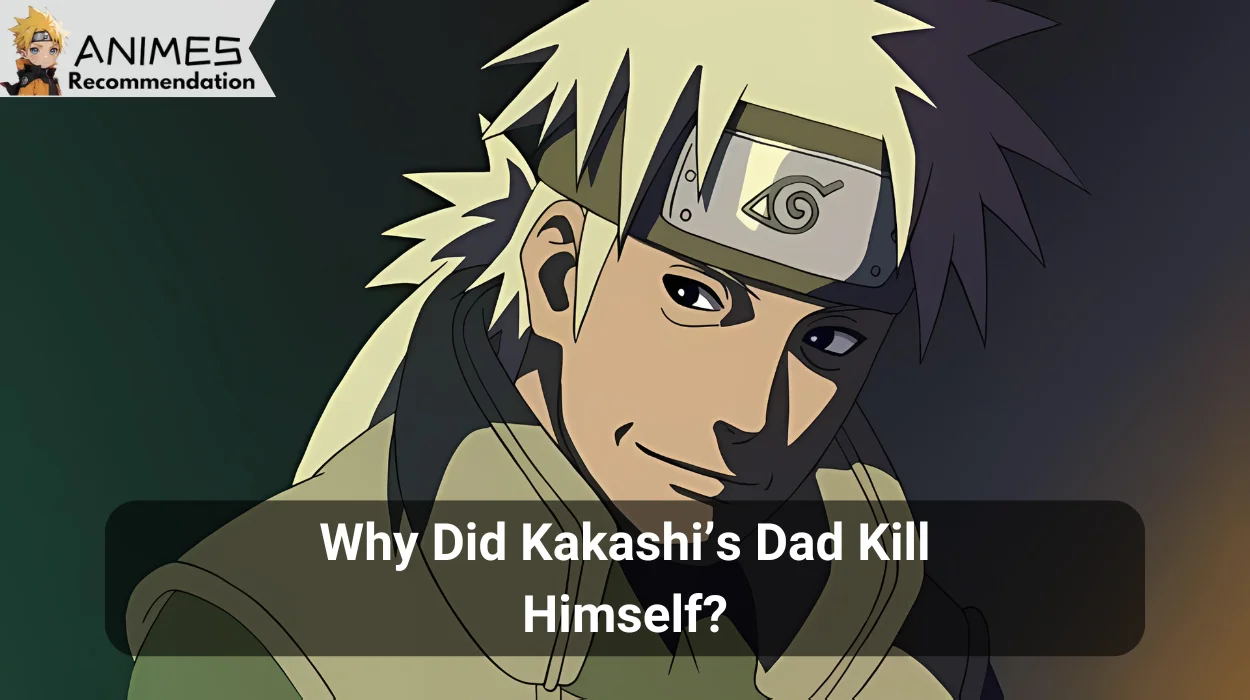Sakumo Hatake, also known as the White Fang of Konoha, Kakashi’s father, took his own life as a result of the shame and atrocity that he experienced in the Hidden Leaf Village.
Sakumo made a basic choice during a mission to save his partners, which prompted the mission’s disappointments. He was treated with disdain and ridicule by his fellow villagers, friends and enemies, as a result of which he eventually went into depression and killed himself.
The Tragic Tale of Sakumo Hatake: A Hero’s Burden
The life story of Sakuno Hatake, who was the White Fang of Konoha, adds a significant layer of tragedy and heroism to the Naruto series.
- Revered Yet Isolated: He may have been worshiped yet secluded. He was once celebrated as one of the best ninjas of his time. His powerful abilities gave him the level of Sannin. Though he was great on the battlefield, his choices made him cost a lot.
- Fateful Decision: when he chose his fellow soldiers over a mission, this Decision was novel, but it caused him to be ridiculed and disrespected by the people he used to fight with.
- Legacy of Sorrow: Sakumo’s Story is tragic because it demonstrates the harsh realities of the shinobi world, where duty and honor cross the lines between right and wrong or blend.
Consequences of Sakumo Hatake’s Fateful Decision
When you look at the consequences of Sakumo Hatake’s fateful Decision, the choice made by Sakumo Hatake to put his fellow soldiers’ lives ahead on the mission had far-reaching effects. This impacted his life and how the Shinobi community viewed honor and duty.
- Immediate Backlash: Following his choice, Sakumo confronted huge analysis and evaded the Hidden Leaf Village despite having a celebrated status in the past.
- Shift in Village Morale: Sakumo’s activities and the ensuing aftermath affected the moral position of different ninjas, which Tested the high-contrast nature of his mission.
How His Father’s Actions Impacted Kakashi’s Life
Sakumo’s life and decisions impacted his son Kakashi’s life. It was Kakashi’s perception of the ninja way.
- Early Lessons: Kakashi took in the intricacies of ninja morals by going through his dad’s encounters, which formed his perception of how he might interpret being a Shinobi.
- Burden of Legacy: Conveying the heaviness of his dad’s standing, Kakashi wrestled with satisfying the heritage while exploring his way and convictions about devotion and obligation.
- Emotional Resilience: Sakumo’s life and death majorly impacted Kakashi with a perspective on strength and vulnerability, ultimately leading him to become one of the most revered ninjas of his time.
What we can take from his Story
Sakumo’s biography is a strong sign of the mind-boggling exchange between honor, duty and individual ethical quality in the Shinobi world.
His account offers critical examples of the outcomes of cultural assumptions and the significant effect of one’s activities on others’ lives, particularly those nearest to him.





